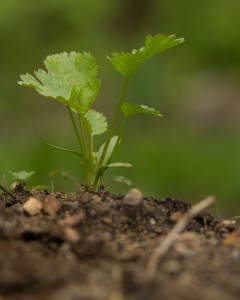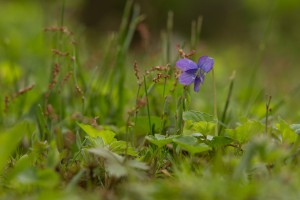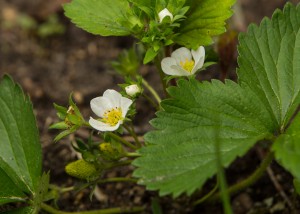 Growing your own food is a great way to add fresh herbs and produce into your diet, and it’s dirt cheap. Gardening isn’t without its quirks, though. Anyone who has brought a basil plant home from the grocery store only to watch it slowly wither away and die knows how frustrating cultivating food can be.
Growing your own food is a great way to add fresh herbs and produce into your diet, and it’s dirt cheap. Gardening isn’t without its quirks, though. Anyone who has brought a basil plant home from the grocery store only to watch it slowly wither away and die knows how frustrating cultivating food can be.
“I think the misconception is that it’s hard and it’s not,” Sarah Turkus, from the Young Farmers Network said.
The organization is designed to help people foster a green thumb for both personal and professional purposes. We met on two acres of farmland in Seekonk, Massachusetts, The Sidewalk Ends Farm, with her business partner Laura Brown-Lavoie. They lease the land to grow vegetables, raise pigs and chickens, and sell them at farmers markets and local restaurants. They also have a 5,000 sq ft plot of land in Providence that they mainly use for growing flowers and that acts as their PVD Community Supported Agriculture pickup location.
The basics of growing your own food and plants consists of providing good soil, water and sunlight. Some plants have specific needs, but their packaging usually explains them.
 “We usually tell people, when they’re thinking about starting a garden, to only grow the things they actually care about and actually want to eat because if you don’t care about it, you’re not going to take care of it.” Turkus said.
“We usually tell people, when they’re thinking about starting a garden, to only grow the things they actually care about and actually want to eat because if you don’t care about it, you’re not going to take care of it.” Turkus said.
Whether your plants are living in a pot, on a porch or window sill, or in the ground outside, the seeds need to start with good soil. You can purchase soil from hardware stores, buy manure from local farms, reach out to friends with compost piles or join cooperatives like the Southside Community Land trust (SCL), which will give you some compost each season as part of being a member. If your plants need a little help, you can fertilize them with products such as fish emulsion, a fermented product made from bi-products of the fishing industry.
“Just like on any food, make sure you read all the ingredients that go into potting mix or compost; even if it says organic on the front, sometimes they sneak things in,” Brown-Lavoie said.
Unfortunately, people living in urban areas need to do their research if they’re planning on planting in the ground because more often than not the soil can be contaminated and downright dangerous to garden in because of lead from old houses and paint. In situations like this, you can buy or build planting beds to fill with good soil.
“I don’t encourage people to spend a lot of money on fancy specific things. If you have a bucket, that will work, an old pot. Anything that will hold dirt will hold a plant,” Turkus said.
 When you garden in a planter, make sure the plants have enough room and that the planter has holes to allow excess water to drain off.
When you garden in a planter, make sure the plants have enough room and that the planter has holes to allow excess water to drain off.
“Herbs do fine in a small container like a small planter or one-gallon container. Tomatoes or anything larger should be in a bigger container, generally five gallons or more,” Turkus said.
Generally plants want damp soil, and the symptoms of a drowned plant will look a lot like the ones for an underwatered plant. Overall, Turkus said, the plant will look bummed and sad.
Getting started can be intimidating, but luckily there are a plethora of resources in the state. The SCL offers classes ranging in topics from organic farming to container gardening. Their website, southsideclt.org, also includes a large amount of resources like planting schedules for different types of plants, and it is a great organization to further your own knowledge about gardening and farming in general.


